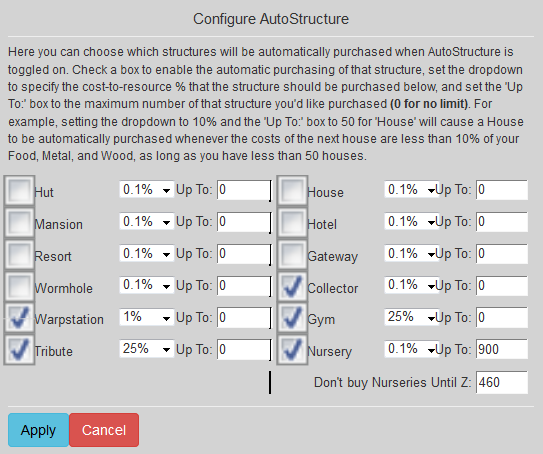

Your Cardio Load Status looks at how your Strain compares to your Tolerance and shows how your training is impacting your body. This reflects the fact that the same kind of training session can have a different impact on your cardio system depending on your training history and current condition. This also means that a load value that was for example ranked as three bullets (medium) a couple of months ago could now be ranked as two bullets (low) as your tolerance for training has improved. They adapt according to your progress: the more you train, the more you tolerate. Since they are adaptive they do not have a direct link with the absolutes numeric values. They show how hard your session was compared to your session average from the past 90 days. The scales are adaptive and have been added in addition to the absolute numeric value to help you interpret the load of a single session. The verbal descriptions and bullet scales for Cardio Load uses a five-step scale: Very low, Low, Medium, High, Very High.
#Trimps calculator pro#
It is calculated in the Team Pro web service after the session when syncing. TRIMP is calculated after every workout from your heart rate and session duration, and it’s affected by your physical settings, resting and maximal heart rate, and gender.Ĭardio Load is not updated during live sessions to the application. Your Cardio Load is shown as training impulse (TRIMP), a commonly accepted method to quantify training load. Cardio LoadĬardio Load measures your cardiac response to a training session, or in other words how much strain a training session puts on your cardiovascular system. You can choose to view Training load as Cardio load and Muscle Load, Recovery time or Score.
#Trimps calculator how to#
You can edit how to view Training load in the Team Pro web service in Team Settings > General. Its numeric value typically ranges from 50 to 250 in a 30 to 90 minute training session. Training load score is a numeric value of the approximate measure of carbohydrate and protein used as energy during training. Recovery time is an estimate of the time you need to fully recover from your training. Muscle Load measures the strain a training session causes to your musculoskeletal system that is comprised of your joints, muscular and skeletal systems. Cardio Load measures your cardiac response to a training session, or in other words how much strain a training session put on your cardiovascular system. Training load can be viewed as Cardio Load and Muscle load, recovery time or a as a score. The sport of a session is taken into account via sport specific factor, which improves the calculation accuracy.
#Trimps calculator update#
If you have reliably measured them, please update the default values in the web service. We also use your aerobic and anaerobic threshold values in the calculation. Before training history is available, your training background selection is used in the calculation. The intensity of a session is measured using heart rate and the calculation is further affected by your personal information, such as age, sex, weight, VO2max, and training history. Training Load is based on intensity and duration of a training session. Training Load value is indicated to the user in days and hours for more detailed comparison between sessions.

The Training Load feature makes the effort of a short high intensity session comparable to that of a long low intensity session. Training Load is calculated for every training session based on intensity and duration. The Training Load feature helps you to understand the amount of effort that you put into a training session.


 0 kommentar(er)
0 kommentar(er)
